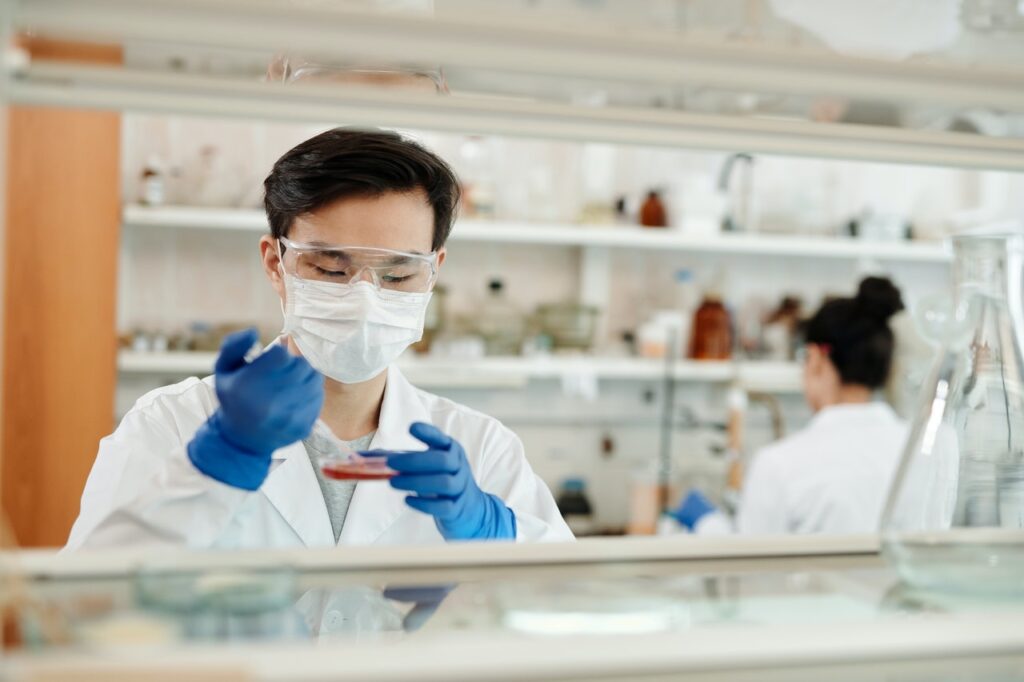Healthcare services have always been at the forefront of technological advances. Even when we look into the era of prehistoric man, we can see that early forms of treatment such as trepanning were being carried out, potentially being done to reduce pressure on the brain. Clearly, the technology used in these prehistoric times does not compare to today’s treatments and medical devices but indicates a strong link between the use of tools and healthcare since the neolithic period. In the world of 2022, there are numerous examples of how technology is of great benefit when used in the healthcare sector. Here are just four of the key ways that modern tech improves several aspects of the industry.
Supply chain management
In a world that is ever reliant on the internet and smart devices, these systems are of significant benefit to the health care supply chain. Today, companies such as medical-supermarket.com enable healthcare professionals to order an immense range of medical devices and equipment online. Orders can be placed from smartphones, tablets and laptops quickly and efficiently, which allows supply chain activities to take place from virtually any location.
Virtual consultations are now commonplace
The Covid-19 pandemic resulted in a series of lockdowns for immense amounts of the global population as governments attempted to reduce the spread of the virus. During these periods, technology was an integral factor that allowed healthcare services to continue without the need for face-to-face consultations. Using smartphone and computer technology along with virtual meeting platforms such as Skype and Zoom, a doctor can hold a virtual consultation with patients and offer treatment plans while being remote. As the pandemic has progressed, this method of communication remains an integral part of healthcare and offers medical professionals the flexibility of online consultations that can minimize the time spent traveling.
Monitoring tech for patients
Patients now have access to technology that can effectively monitor the condition of their health without requiring the need for them to be in hospital as often. By using a range of devices that the patient can wear at home, specific indicators of patient health such as blood glucose levels and blood pressure can be monitored on a 24/7 basis. This data is then sent electronically and in real-time via the internet to the healthcare provider. If some of the patients’ health readings fall out of acceptable parameters, the doctor will be quickly alerted to the fact and can instigate changes in care plans to treat the patient.
The rise of public defibrillation devices
In recent years, across the world, there has been a significant rise in the rollout of public automated external defibrillators (AED). If you take a walk down your local shopping center, you are likely to see such a device mounted at a strategic point in the area. AEDs are simple to use and allow members of the public to play a key role in cardiac arrests that occur in public places. By following the voice instructions on the device, a non-medical professional can effectively deliver defibrillation to a patient with the aim of restarting their heart in a viable rhythm. Time is a critical factor in the treatment of cardiac arrest patients, and by harnessing this modern technology to give meaningful medical interventions before the emergency services arrive, a patient’s chance of survival can be dramatically improved.
Please see the resource below for more ways technology can benefit the healthcare industry.Provided by IT company Worksighted

